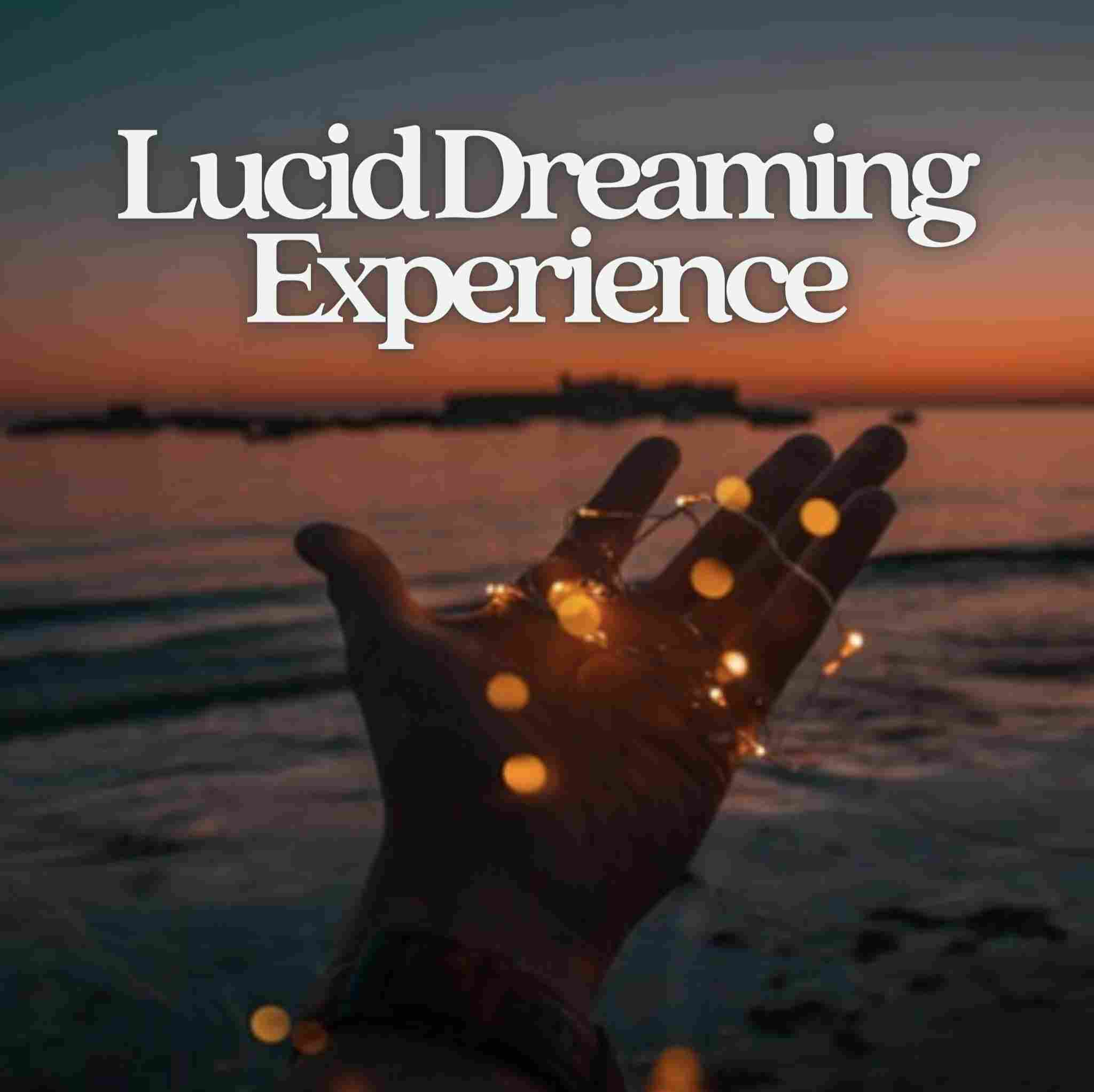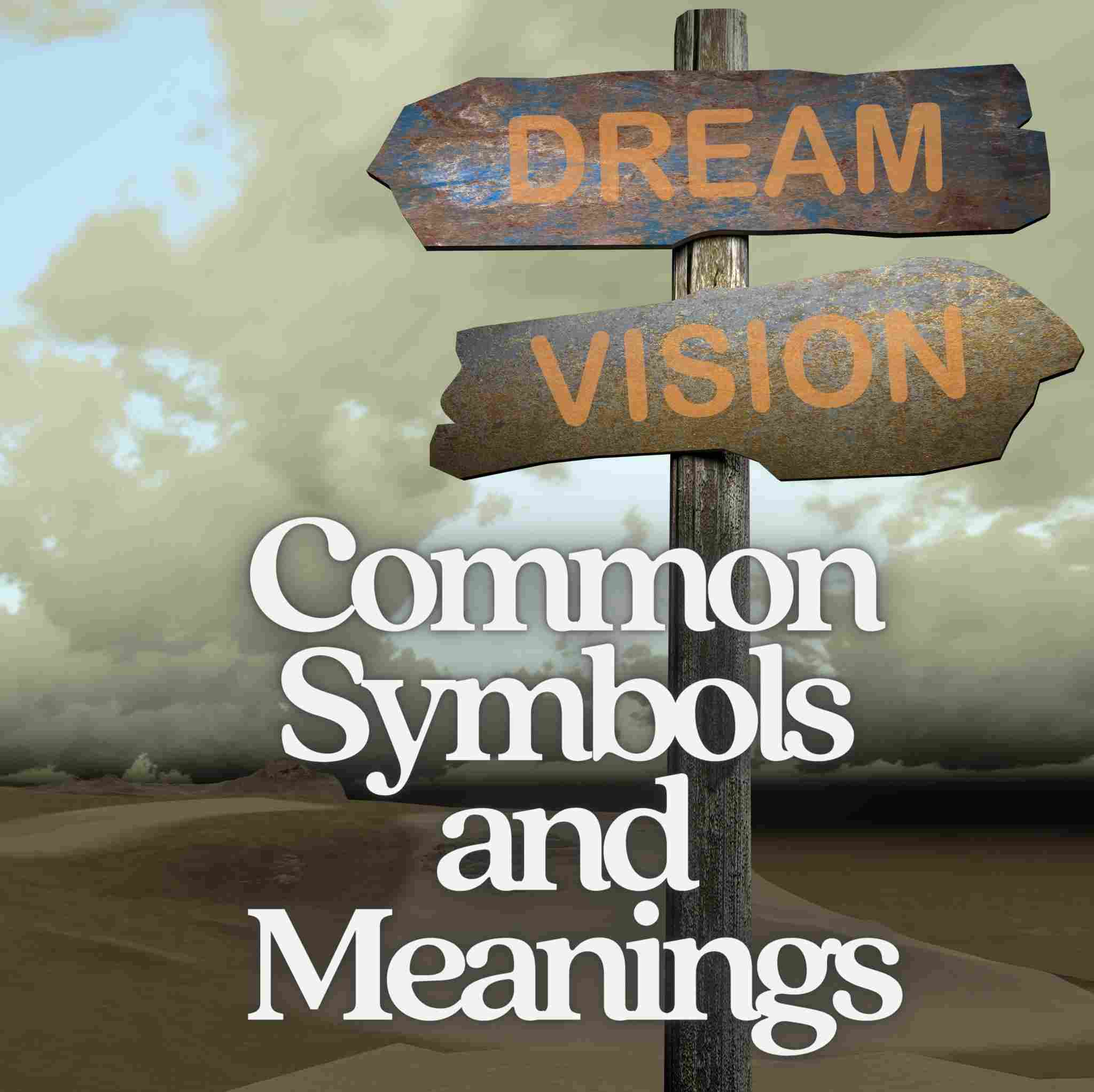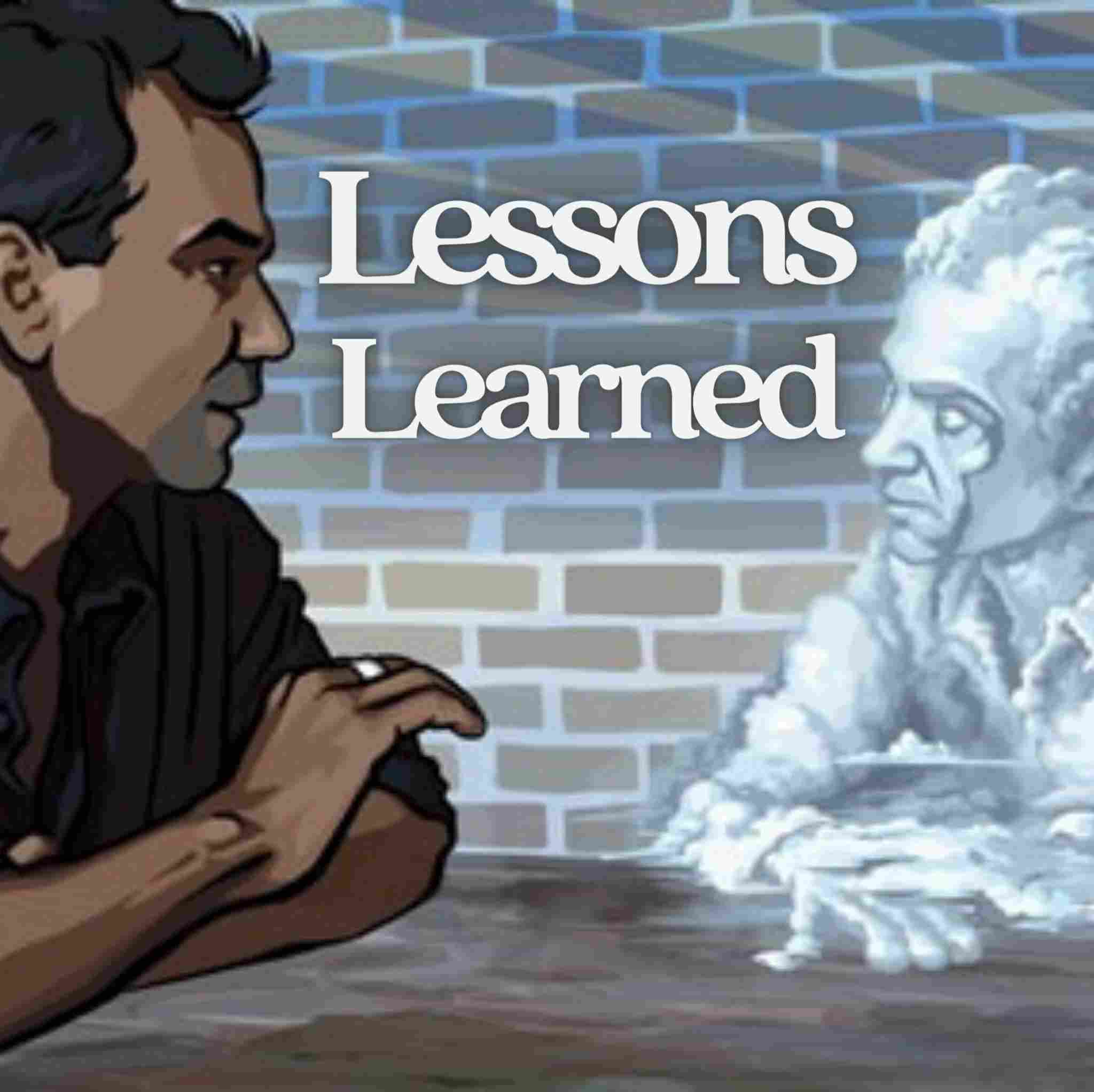The Four Types of Dream Signs That Will Help You Become Lucid
How to recognize surreal dream signs and use them to trigger conscious lucidity in dreams. With details of LaBerge's original Dream Sign Inventory.
Many lucid dreamers use dream signs to recognize when they're dreaming and become spontaneously lucid. Dream signs provide handy cues to lucidity, sparking your rational brain to chip in with the realization: "Hang on - I must be dreaming!"
The more attention you pay to spotting dream signs, the more you'll notice them and the more lucid dreams you'll have, night after night. In this article we'll look at the four types of dream signs and how to familiarize yourself with them.

The Dream Sign Inventory
What exactly is a dream sign? Talking animals, deceased loved ones, time travel, and even oddly shaped door handles can all be types of dream signs. In short, they are ANY cue which suggests that your dream reality isn't real.
Dream signs can be very personal to you - and sometimes only you can spot them. For instance, a vivid dream about your house might reveal odd details out of place, such as a missing window. Other times, the dream sign would obvious to anyone, such as flying on a cow that jumps over the moon...
Dr Stephen LaBerge, author of Exploring The World of Lucid Dreaming, identified four categories of dream signs to help us log and look out for them:
- Inner Awareness - There is something unusual about your own in-dream thoughts, emotions, sensations or perceptions. Example: When I think about lifting off the ground, I start floating upwards into the night.
- Action - Some physical activity seems wrong - either by you, other dream characters, or inanimate objects. Example: As I drive down the road I realize that neither the steering or brakes have any effect on the car's movement.
- Form - The shape or appearance of a person, object or place is unusual. Example: The man has a really small, shrunken head which looks comical sitting upon his massive broad shoulders.
- Context - The situation you're in seems unusual or even impossible and contrary to real life. Example: I'm living in a futuristic Martian colony, and feel as if I have been here for many years.
 Recurring Dream Signs
Recurring Dream Signs
If you keep a dream journal, you may already be aware of some recurring dream signs. This makes them much easier to detect. For instance:
- Do you wear glasses or contact lenses? I used to dream about feeling my eye glasses on my face, yet when I removed them I could still see perfectly clearly.
- Have you recently moved house or, even better, moved abroad? When I moved to New Zealand, I continued to dream about living in England for several months which was a dead giveaway.
- Do you dream about looking in the mirror? I find my face is often distorted in dream mirrors. Sometimes it's just subtle, other times it's a total freak show.
- Do you ever dream of talking to your pets? I sometimes have charming conversations with my dogs before I realize I must be dreaming!
Dream Sign Exercises
Here are two simple waking exercises that will help you pick up on these valuable lucid dream triggers next time you're dreaming...
#1 - Reality Checking with Dream Signs
Every day, your goal is to recognize when things seem out of place and question their nature. Practice reality checking real events when you're watching the sci-fi channel, talking about something surreal, or day dreaming about the past.
Be on the lookout for oddities and question their existence. The dreaming mind can quickly confabulate answers too, but deeper reflection will show them to be unrealistic. Entrain a questioning mind set to get to the root of cause and effect.
#2 - Catalogue Your Dream Signs
In your dream journal, underline all dream signs and categorize them: IA (inner awareness), A (action), F (form), or C (context). Once you've recorded several dreams this way, identify the most common type of dream sign you're experiencing.
If your most common dream sign is form, study the way things look in waking life. A form-based dream sign can be as subtle as a different hair color, or as obvious as having seven fingers on one hand. Tune yourself in to these potential differences in waking life and you will find they become much more noticeable in dreams...
















